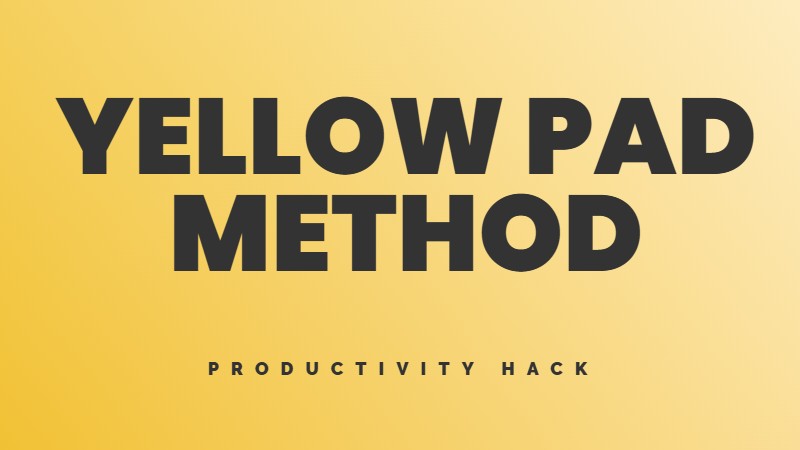There’s a secret that every good teacher knows: if you want to master a subject, teach it.
There’s nothing quite like explaining an idea to someone else to shine a light on what you know and what you only thought you knew. When you’re teaching, you can’t hide behind vague notions or half-formed concepts. You have to make the knowledge clear and concrete, both for your students and for yourself. You have to anticipate the questions they’ll ask, the places they’ll get stuck, the things that won’t make intuitive sense. And in the process, a remarkable transformation takes place.
You don’t just learn the material. You make it part of yourself.
How the protege effect works
By explaining concepts to someone else, you will deepen your understanding and retain information more effectively. This phenomenon is known as the “protege effect,” and it has been backed up by numerous studies.
When you teach someone else, you engage in a process called “retrieval practice.” This involves actively recalling information from your memory, which strengthens the neural connections associated with that knowledge. Additionally, when you know you’ll be teaching others, you tend to approach the material more critically, seeking to fill in gaps in your understanding and correct any misconceptions.
Practical ways to harness the protege effect
Real-world examples
The protege effect has been used in various settings, from classrooms to the workplace. For example:
The power of perspective-taking
Teaching others can also help us think more clearly about complex issues. When we explain something to someone else, especially a child or beginner, we tend to consider multiple viewpoints and break down the information into simpler terms. This can lead to a deeper, more nuanced understanding of the topic.
Try it yourself
Next time you’re learning something new, try explaining it to someone else. You might be surprised at how much it enhances your understanding. Whether you’re learning a new language, mastering a programming concept, or exploring a complex topic, teaching others can be a powerful tool in your learning arsenal.
Remember, you don’t need a physical study partner to reap the benefits of the protege effect. You can use AI chatbots, create online content, or even talk to a rubber duck. The key is to engage in the process of teaching, which helps you learn more effectively and remember information longer.




Leave feedback about this